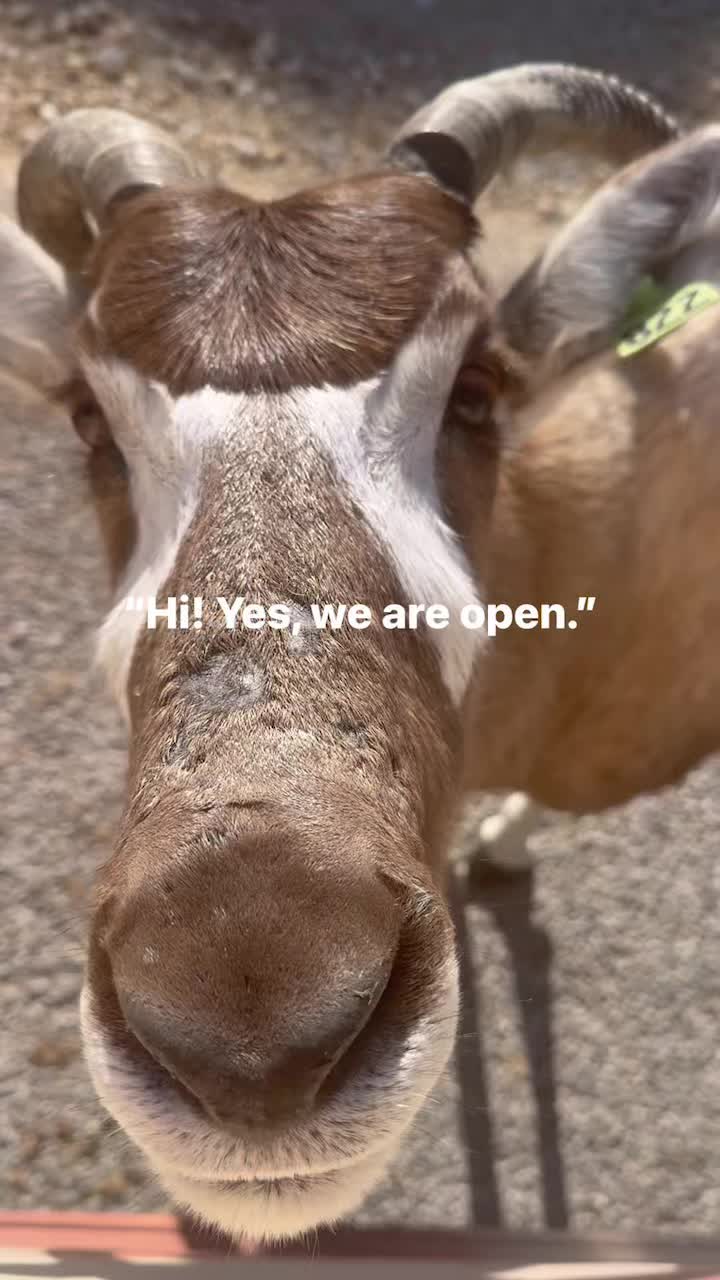- The significance of how you spend your first day in the context of wildlife conservation and zoology.
- Elements of zoo management that influence first-day practices and their broader implications for animal welfare.
- The impact of first-day interactions between animals and their new environments on adaptation and long-term well-being.
- Strategies and best practices in the field for optimizing first-day experiences to support conservation efforts and biodiversity.
- Case studies and real-world examples from zoological settings that illustrate successful first-day practices and their outcomes.
The significance of how you spend your first day in wildlife management and zoology cannot be overstated. This phrase alludes to the initial interactions and experiences between captive animals and their surroundings, people, and other species. In zoological settings, the way animals spend their first day can influence their adaptation, well-being, and integration into their new environment. For zookeepers and conservationists, understanding these dynamics can lead to improved welfare outcomes, enriched environments, and more effective conservation efforts.
First and foremost, the first-day experience for animals in a zoo setting is critical to their overall adaptability to the new environment. When animals are introduced to novel environments, their ability to cope with initial stressors can impact their long-term behavior. The first interactions with the physical habitat, caretakers, and fellow animals are pivotal in setting the tone for how these creatures will adapt to captivity. Zookeepers play a vital role by closely observing behaviors, such as eating patterns, social interactions, and engagement with enrichment activities right from the start.
In terms of zoo management, several factors impact the effectiveness of an animal’s integration process. The design of the enclosure, the availability of species-specific enrichments, and trained staff who understand animal behavior are necessary components. A thorough understanding of each species’ specific needs enables zookeepers to create a supportive environment for stress reduction and mental stimulation. Proper planning and management on the first day are not just beneficial for the animals but also streamline operational efficiency.
Adaptation on the first day extends beyond simple survival. It affects animals’ health and reproduction rates, which are critical for species with limited populations. Interaction among animals—whether within herds, pairs, or solo environments—needs careful monitoring. Social hierarchy, territorial behaviors, and mating rituals all require experienced management to prevent stress-related illnesses and aggressive behavior. Creating a balance between introducing change and maintaining consistency helps in forming a stable environment.
Advanced strategies such as behavioral conditioning and the use of positive reinforcement help build trust between animals and their caretakers from day one. Animals that experience positive initial interactions with humans are more likely to be amenable to training programs. This trust facilitates routine health assessments and medical procedures, thereby enhancing animal health management. The first-day experiences inform not only immediate responses but lay the foundation for ongoing zoo practices such as habitat modifications and enrichment schedules.
Successful first-day initiatives are informed by collaborative efforts among zookeepers, veterinarians, and conservation biologists. Integrating technological tools such as monitoring systems and recording devices further helps track adjustments in behavior and physiological responses. Data collected during these early stages provide invaluable insights into species-specific adaptations and welfare needs for future planning.
Furthermore, first-day experiences are not just confined within zoological parks; they offer lessons for broader conservation strategies and rewilding projects. The initial reactions of animals to new environments can guide fieldwork methodologies, capture techniques, and release strategies. Understanding these principles is paramount when introducing endangered species back into their natural habitats, thereby extending the broader implications of conservation science.
Real-world examples abound where first-day management decisions have markedly improved animal welfare and conservation success rates. For instance, the reintroduction of wolves into certain environments was closely monitored from the onset to determine immediate impacts on local ecosystems. Observations of the first-day behaviors helped shape ongoing management strategies that have since become templates for similar projects globally.
Moreover, lessons learned in captivity about animal interactions and environmental modifications have informed field practices aimed at mitigating human-wildlife conflicts. As such, effective first-day management practices contribute not only to the well-being of individual animals but also to the preservation of biodiversity on a larger scale.
In summary, the principles of how you spend your first day are crucial in the sphere of zoology and wildlife conservation. These first interactions lay the groundwork for successful integration and adaptation, emphasizing the importance of careful planning and proactive management. A sound understanding of these dynamics fosters improved animal welfare, enhances conservation efforts, and ensures the ongoing success of both captive and reintroduced populations. Hence, the initial approach taken on an animal’s first day is not just a solitary event but a critical aspect of overarching species conservation endeavors.
*****
Source Description
You know what they say about how you spend your first day.

